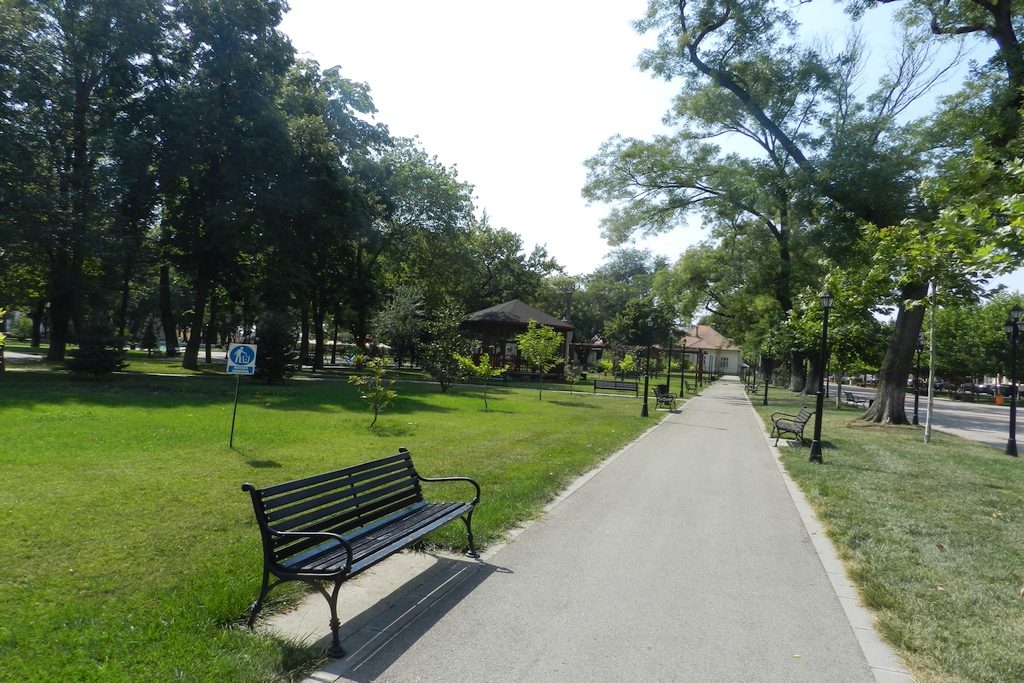

The Park of Youth from Băilești is one of the most important tourist attraction points from the city. In the year 2012, the park was renovated by the means of some financial supported projects by the European Commission being added banks, piers, plantings with trees and scrubs, gazeboes, artesian well. Moreover, the green areas were expanded with over 7000 square meters.
Situated in the most ranked parts of the country, the area in which Băilești appeared on the history arena was permanently occupied even from the most ancient periods of times, the principal occupation of the first inhabitants being constituted, even from the Stone Age, the agriculture. The first archeological discoveries which prove the occupation of the bake-stone of the city date back from the period of the years 680 – 1025.
As a locality name, Băilești, comes from the name “Băilă”, a name of leader of sheep. Băilă together with his own made a stop for winter stay, years at row, in this area and, therefore, appeared the village Băilești.
The first documentary certification of the 4th of January 1536 from the times of the reign of Radu Paisie remind the fact tha Băilești existed even from the times of the prince Mircea I of Wallachia (1386 – 1418).
Being a quite known locality among the weekly burgs or the annual fairs, by the large number of inhabitants, Băilești is found in the cartography documents of the times, as it is the chart executed in the year 1718 by Anton Maria del Chiaro after the chart of Wallachia drafted by the High Steward Constantin Cantacuzino in the year 1700, or the first geographical chart of Oltenia drafted in the year 1722 by the Austrian captain Friedrich Schwantz.
Following the Romanian – Russian – Turkish war from the year 1877, which led to conquering the state independence of Romania, Băilești, by the means of his position, played a strategic role, extremely important, and the people from Băilești fully contributed to the maintenance of the military unities which stationed here in reserve or they were in movement.
The tempestuous year 1907, which constitutes the apogee of the fight of the Romanian peasants for the social rights, meant an atrocious trial for Băilești. Here the revolters stood for 5 days against the repression forces, and the restraining of the rebelion was atrocious: 42 deceased, over 100 injured, over 300 arrested and the village Băilești was bombarded by the cannons of the army.
As an official recognition of the state of economical and social development, following a royal decree, on the 3rd of May 1921 there was celebrated with extreme pomposity the transformation of the rural commune Băilești in the urban commune. The foreknowledge of the owner of the property Băilești from the year 1831, according to which this village will become a city, was fulfilled.
In the First World War, there sacrificed on the battle field for reuniting the ancestry, 156 people from Băilești, soldiers, graded and officers whose memory is honored and eternized by the Monument of the Heroes from Băilești, executed by the sculptor Iordănescu and inaugurated on the 24th of October 1924.
And in the Second World War, the people from Băilești were present for freeing the country and the definite victory of the fascism, where there remained 108 of the most courageous sons of the city.
On the 4th of July 2001, Băilești is declared a municipality.
